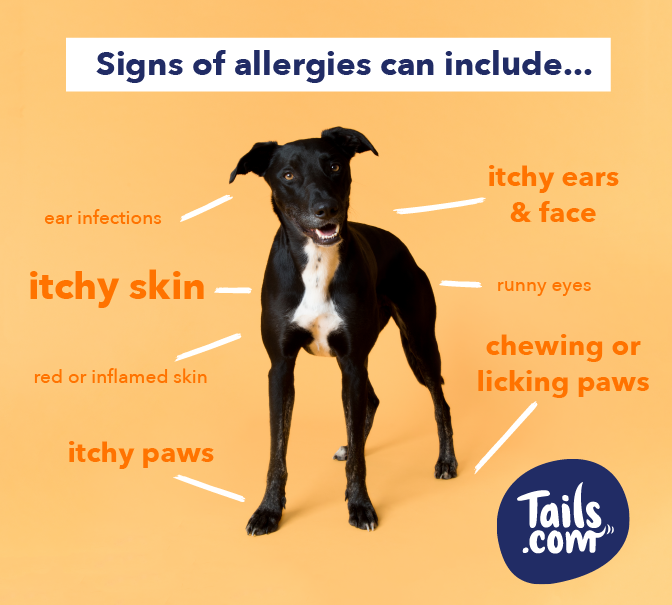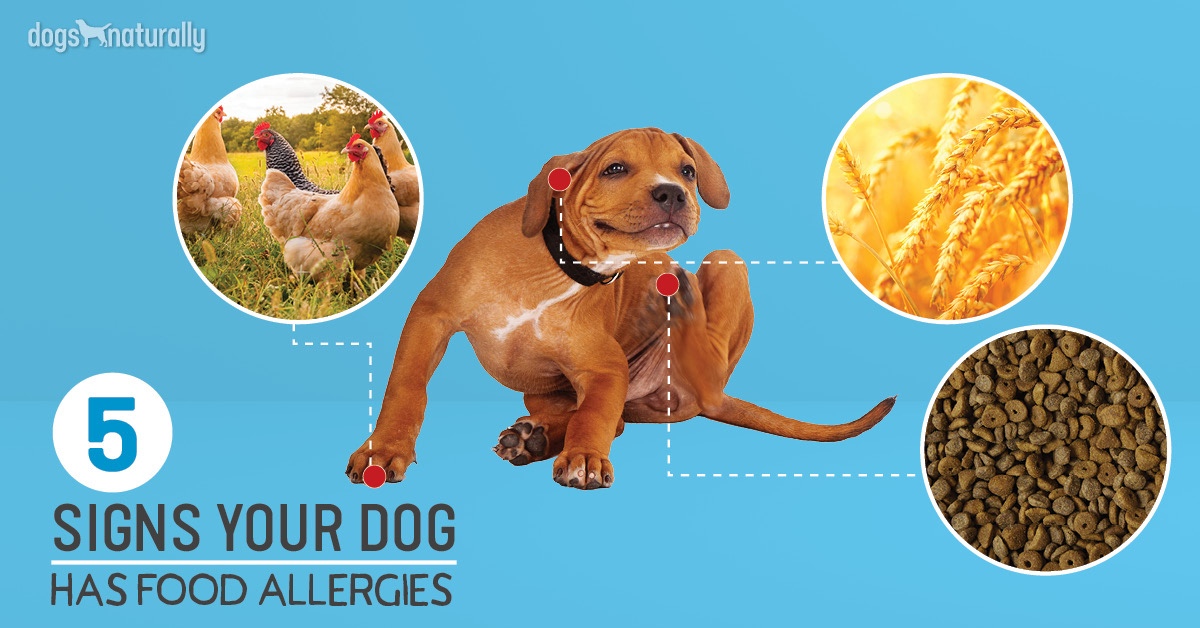A classic example of a food allergy is anaphylactic shock seen after ingestion of. Food intolerance will generally occur on the initial exposure to the food or food additive in contrast to food allergy which requires repeated.

3 Ways To Determine If Your Dog Has Food Allergies Wikihow Pet
Skin irritations and itchiness are the most commonly-reported symptoms of food allergies.
How to tell if your dog has a food intolerance. Dogs tend to be allergic to proteins meat or dairy. A food intolerance is different from an allergy in that the symptoms are not caused by an immune reaction. Check under your dogs fur for rashes or hives if you notice your dog having dry itchy skin.
They may vomit or have diarrhea be seriously gassy or have a poor appetite. While these issues can be caused by a bacterial infection or a disease they can also be a sure sign that something is not agreeing with your dog. In dogs food intolerances typically cause tummy troubles.
Some of the telltale signs that your dog is experiencing food intolerance are. If your pet has an intolerance to a particular ingredient the food is very poorly digested leading to diarrhoea or vomiting. See if your dog seems to be scratching frequently.
If you remove the food from the diet and the dogs symptoms disappear this will show that this particular food was likely the cause of food intolerance in your pet. Knowing the warning signs is the first step towards understanding whether your dog is suffering from a food-related intolerance. Specific diagnosis of food allergies in your dog is difficult.
They are frequently characterised by itching and less commonly by gastrointestinal signs. If your dog has short hair these itchy red bumps are easier to see. If your pet has an allergy to an ingredient their own immune system fights against that food releasing chemicals in the body and it is those chemicals including histamine that cause the classic signs of itching or.
So in general theyre not going to react really dramatically the first time they eat it but a dog that has eaten a food for years could suddenly become allergic to that food. Adverse food reactions in dogs are either caused by food allergy an immune response to something ingested or food intolerance a non-immunological response to something ingested. Careful consideration of the food you feed your dog can help.
A food allergy is when a dogs immune system overreacts to one or more of the ingredients in their diet. Continued If an elimination diet improves the pets clinical signs and the owner is able to find two to three diets the dog can tolerate I recommend rotating. This includes visits to the vet special diets and of course waiting for the unpleasant food intolerance or dog allergy symptoms to subside.
Even so it is also possible that more than one ingredient is causing allergies and food intolerance in your pet. When your pup is experiencing food intolerance they will most likely experience a number of digestive issues. Treating Food Allergies in Dogs.
Signs of food intolerance are usually only digestive in nature. Symptoms usually include skin problems allergic skin disease andor tummy problems such as diarrhoea and vomiting. The most common symptoms of a food allergyintolerance are digestive upsets or skin irritation.
The recipes are carefully prepared using a single source of animal protein with all the nutrients your dog requires and as few ingredients as possible. Food allergies reflect a more immediate immunological response. Skin lesions on dogs.
Intolerance is not a true allergic reaction and may show up with more digestive symptoms such as vomiting diarrhea abdominal pain bloating belching and flatulence Dr. It often takes at least 8-12 weeks of feeding to identify an effective diet if your dog develops an adverse reaction to food and in the minority of dogs it may take up to 36 weeks. Common symptoms of food intolerance of dogs includes diarrhea vomiting changes in the consistency or color of the stools and gurgling sounds from the digestive system itchy skin hair loss sneezing coughing chronic ear problems red inflamed skin.
Hives also known as urticaria may pop up 6 to 24 hours after your dog eats the food they are allergic to.

Dog Food Allergy Symptoms Allergy Free Diet Guide

5 Signs Your Dog Has Food Allergies Dog Food Allergies Dog Allergies Allergies
Allergies Dalton Veterinary Associates

Best Dog Food For Allergies 2021 Top 10 Dry Dog Food Grain Free
Food Allergies In Dogs 101 Part 1 Of 2 Columbia City Veterinary Hospital

Does My Dog Have A Food Allergy The Inside Scoop

The Best Dog Food For Allergies Is

3 Ways To Determine If Your Dog Has Food Allergies Wikihow Pet
